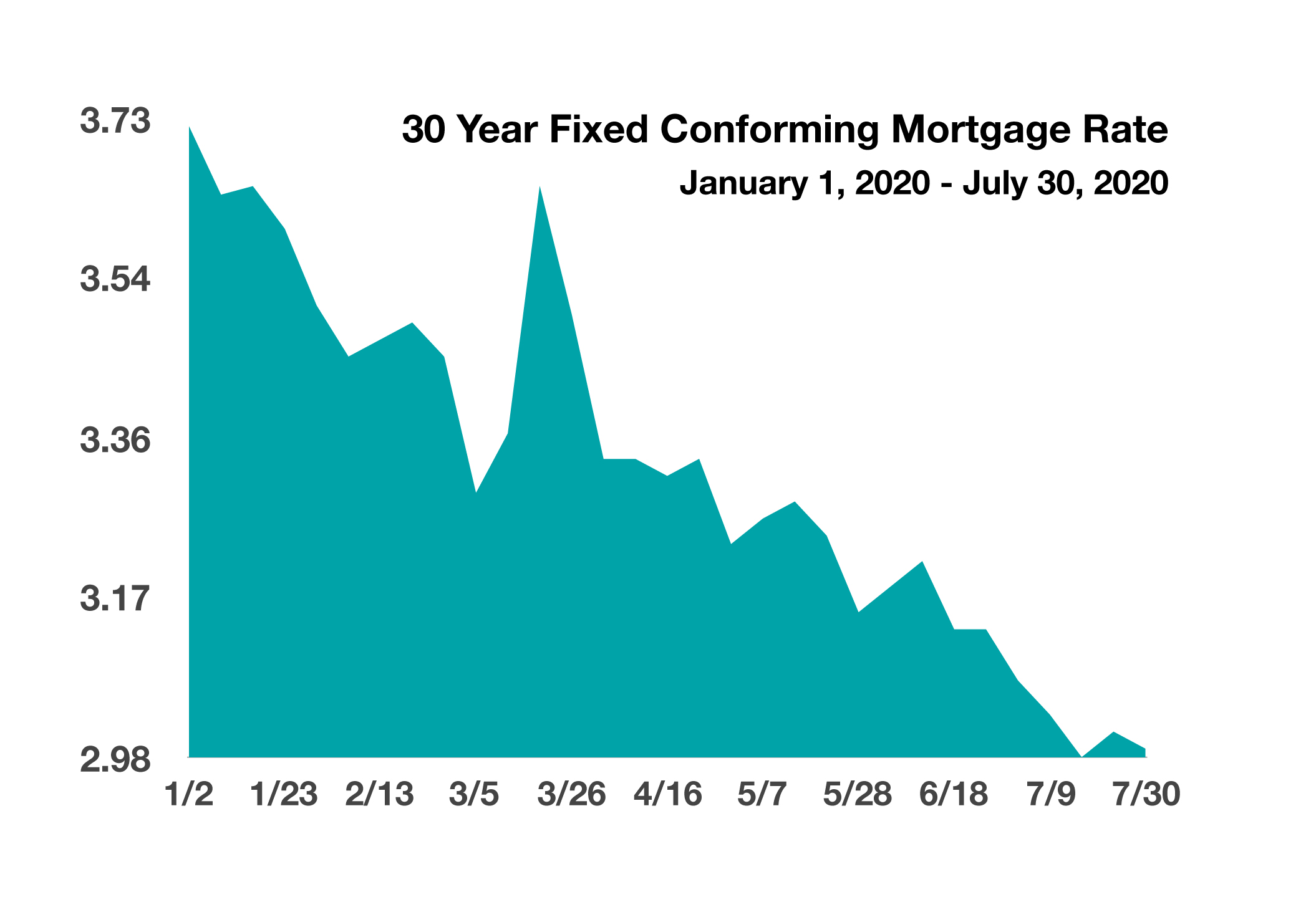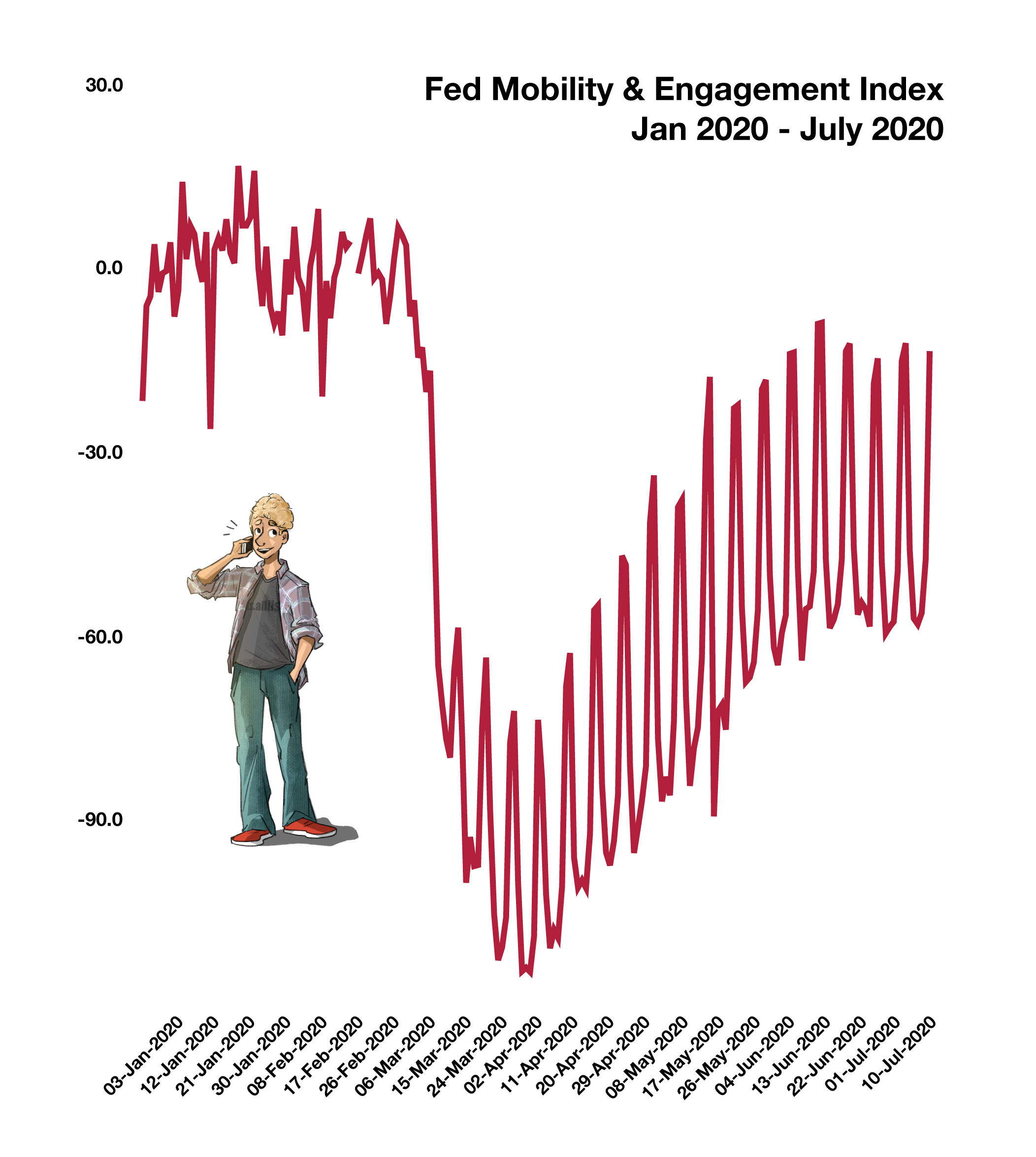
Derek J. Sinani
Founder/Managing Partner
derek@ironwoodwealth.com
7047 E. Greenway Parkway, Ste. 250
Scottsdale, AZ 85254
480.473.3455
Stock Indices:
| Dow Jones | 40,669 |
| S&P 500 | 5,569 |
| Nasdaq | 17,446 |
Bond Sector Yields:
| 2 Yr Treasury | 3.60% |
| 10 Yr Treasury | 4.17% |
| 10 Yr Municipal | 3.36% |
| High Yield | 7.69% |
YTD Market Returns:
| Dow Jones | -4.41% |
| S&P 500 | -5.31% |
| Nasdaq | -9.65% |
| MSCI-EAFE | 12.00% |
| MSCI-Europe | 15.70% |
| MSCI-Pacific | 5.80% |
| MSCI-Emg Mkt | 4.40% |
| US Agg Bond | 3.18% |
| US Corp Bond | 2.27% |
| US Gov’t Bond | 3.13% |
Commodity Prices:
| Gold | 3,298 |
| Silver | 32.78 |
| Oil (WTI) | 58.22 |
Currencies:
| Dollar / Euro | 1.13 |
| Dollar / Pound | 1.34 |
| Yen / Dollar | 142.35 |
| Canadian /Dollar | 0.72 |
Macro Overview
A second wave of mandatory business closures that transpired throughout the country is expected to have more challenging ramifications for many employers than the first wave of shutdowns. The amount of stimulus funds and stimulus programs available to small businesses and individuals was substantial following the initial wave of closures and lock downs in March and April, yet benefits from a second stimulus batch is expected to be less generous.
Equities rose higher in July driven by decent earnings for U.S. companies and the expectation of successful vaccine trials by several pharmaceutical firms. A rise in viral infections nationwide along with a rollback of re-openings by some states and cities pose a threat of halting a desperately anticipated economic growth spurt.
Congress sought to diffuse an income cliff as provisional government stimulus benefits expired at the end of July. A second stimulus plan is expected to be composed differently than its predecessor, but also targeted towards small businesses and the unemployed.
Gold and silver both reached new highs in July driven by global pandemic concerns and recent tensions surrounding the relations between China and the United States. Gold surpassed its previous high set in 2011 and silver achieved a six-year high.
Working families are finding it increasingly difficult to work and care for their children at home during the pandemic, especially with school closures. Although somewhat controversial, the Centers for Disease Control and Prevention (CDC) reiterating the importance of re-opening schools in the fall for the benefit of families nationwide. The CDC noted that death rates among school-aged children are much lower than among adults, while the risks attributed to shut down schools affect social, emotional, behavioral health, economic well-being, and the academic achievement of children. On the other hand, many educators are concerned about their personal well-being as the virus does present a greater risk to them. A teacher friend shared with me the challenge of configuring classrooms to accommodate the suggested physical spacing. In their view, in many cases, there simply isn’t sufficient classroom space. The word unprecedented comes to mind, but I remind myself that this too shall pass.




